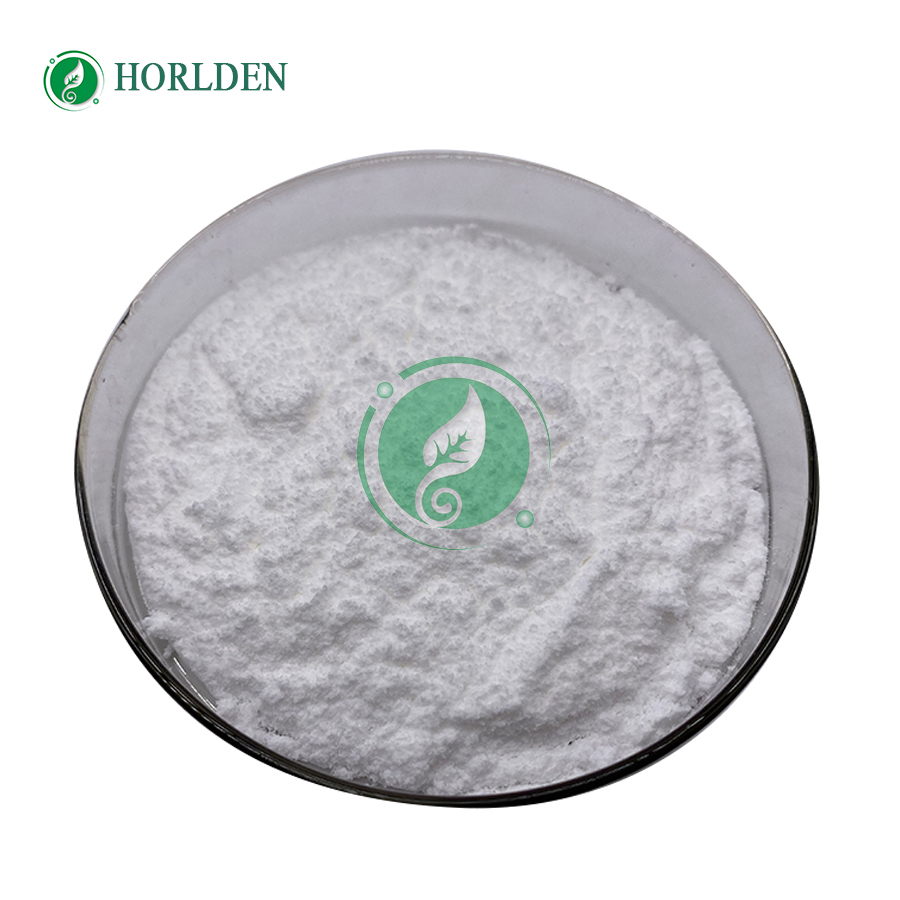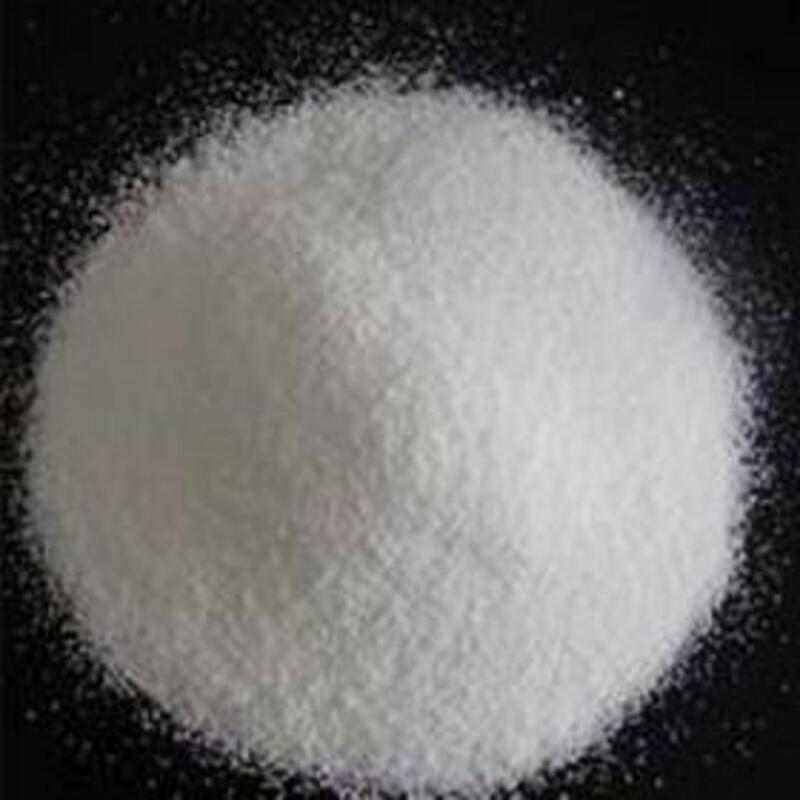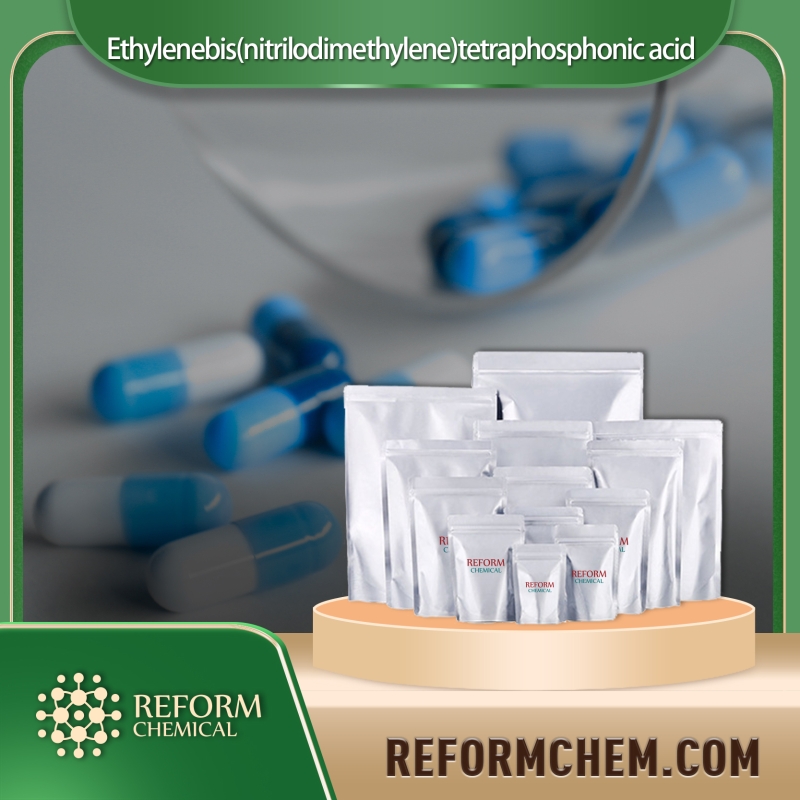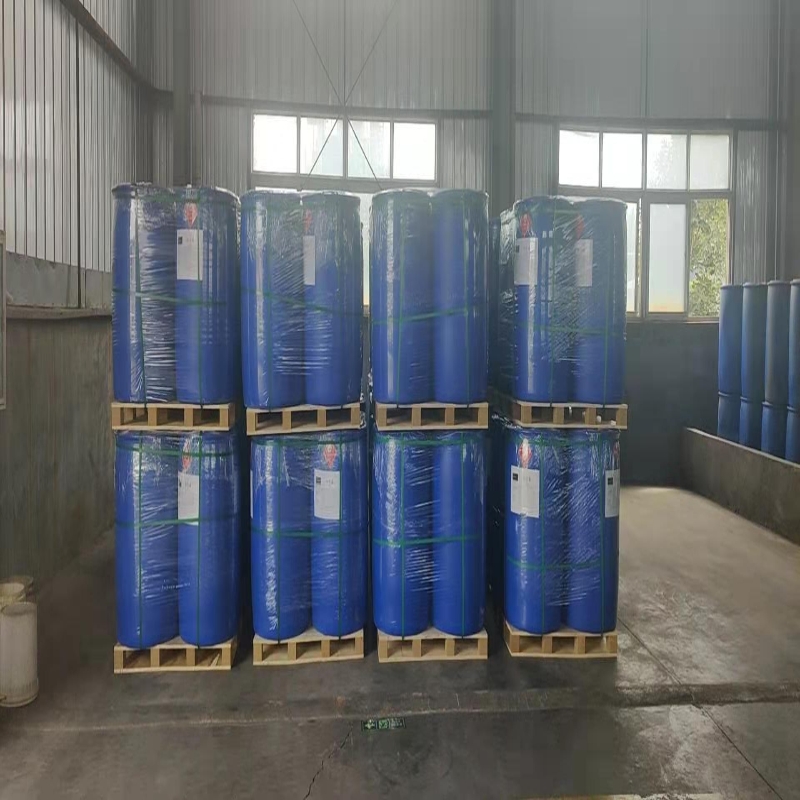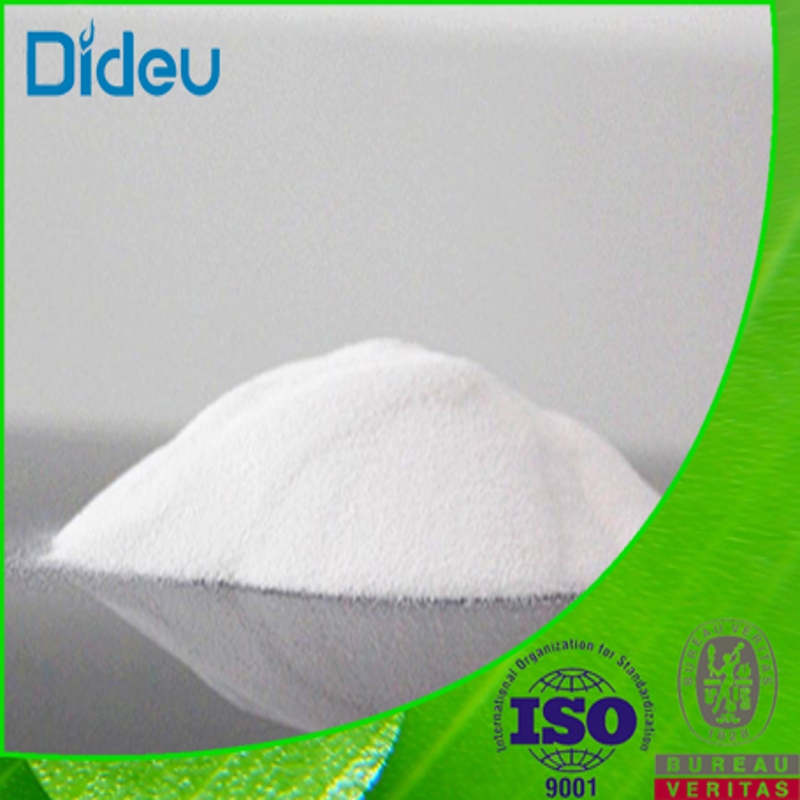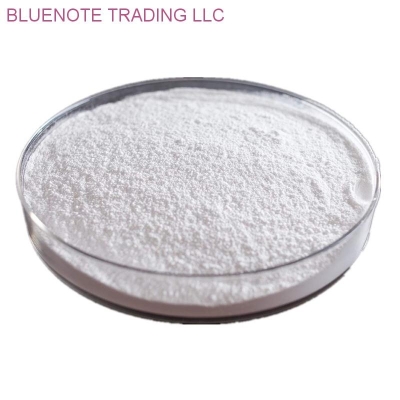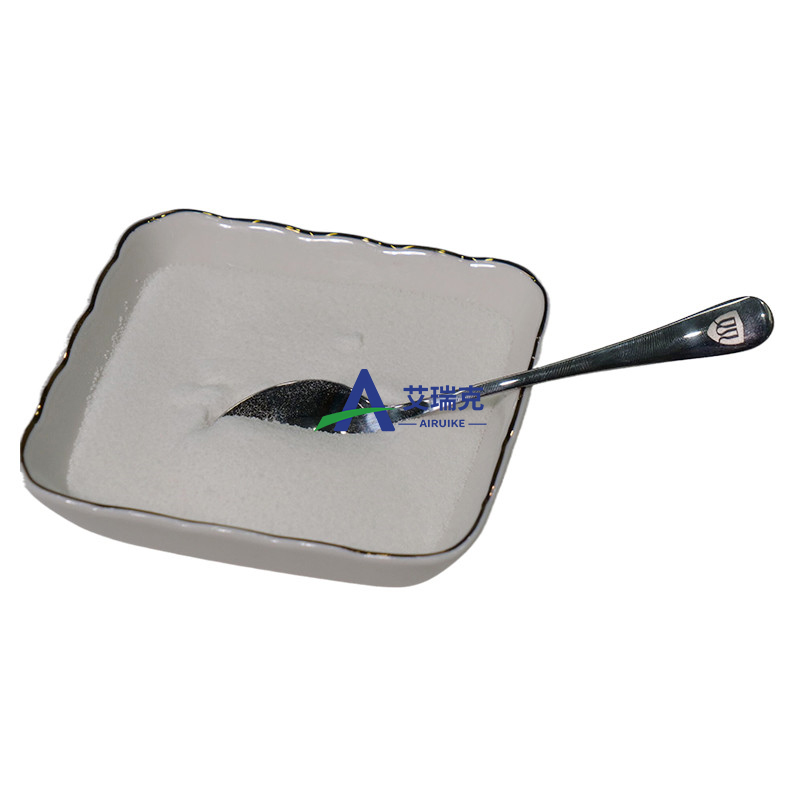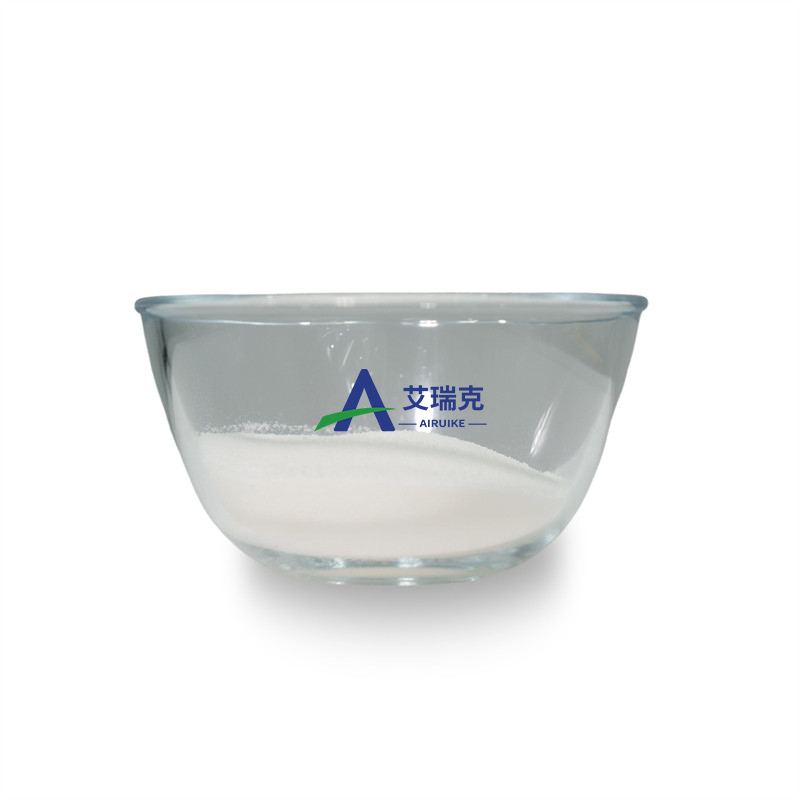Water Treatment Chemical
- • Biocide & Algicide (38)
- • Corrosion Inhibitor (50)
- • Flocculant (54)
- • Water Softener (29)
- • Water Stabilizer (43)
Related News
Biocide & Algicide
Lauryldimethylamine
(112-18-5)-
Different Grade / 99.9%
$0.1/KG EXW
-
Industrial Grade / 99%
-
- / 0.00%
-
- / 99.00%
Request for quotation , get quotes from more suppliers.
Tauroursodeoxycholic acid
(14605-22-2)-
Pharmacy Grade / 99%
-
-
Pharmacy Grade / 99%
$520-580/KG FOB
-
Request for quotation , get quotes from more suppliers.
Kathon
(55965-84-9)-
Industrial Grade / 99%
$5-6.5/KG FOB
-
- / 0.00%
-
-
Industrial Grade / 99%
Request for quotation , get quotes from more suppliers.
Kathon
(55965-84-9)-
Industrial Grade / 99%
$5-6.5/KG FOB
-
- / 0.00%
-
-
Industrial Grade / 99%
Request for quotation , get quotes from more suppliers.
Ethylenediaminetetra(methylenephosphonic acid)
(1429-50-1)-
Industrial Grade / 99%
$5-6.5/KG FOB
-
-
- / 99.00%
-
Industrial Grade / 99%
$500-600/MT FOB
Request for quotation , get quotes from more suppliers.
Sodium acetate trihydrate
(6131-90-4)-
Water Treatment Level / 58%
-
Chemical Grade / 99%
$1/KG FOB
-
API Grade / 99%
-
Top Product / 99%
$16-19/KG FOB
Hexahydro-1,3,5-tris(2-hydroxyethyl)-s-triazine
(4719-04-4)-
Industrial Grade / 99%
-
Pharmacy Grade / 99%
-
-
- / 99.00%
Request for quotation , get quotes from more suppliers.
Hexahydro-1,3,5-tris(2-hydroxyethyl)-s-triazine
(4719-04-4)-
Industrial Grade / 99%
-
Pharmacy Grade / 99%
-
-
- / 99.00%
Request for quotation , get quotes from more suppliers.
Benzyldimethyltetradecylammonium chloride
(139-08-2)-
-
Industrial Grade / 99%
-
pharmaceutical grade / 99.9%
-
Pharmaceutical Grade / 99%
Request for quotation , get quotes from more suppliers.
Daminozide
(1596-84-5)-
Agricultural Grade / 99.9%
-
- / 0.00%
-
- / 99.00%
-
Pharmacy Grade / 0%
Request for quotation , get quotes from more suppliers.
Source Biocide & Algicide Raw Materials by Region
More Information
Biocides are substances designed to control or eradicate harmful microorganisms, while algicides target algae growth. Their applications are extensive, encompassing water treatment facilities, swimming pools, cooling towers, and industrial water systems.
The mechanisms of action for biocides and algicides vary, but generally involve disrupting essential biological processes within target organisms. Biocides may work by damaging cell membranes, interfering with metabolic pathways, or disrupting cellular functions, ultimately leading to microbial death. Algicides typically inhibit photosynthesis or cell wall synthesis in algae, preventing their growth and proliferation.
Factors when selecting biocides and algicides:
•effectiveness
•compatibility with other chemicals environmental impact
•regulatory compliance














